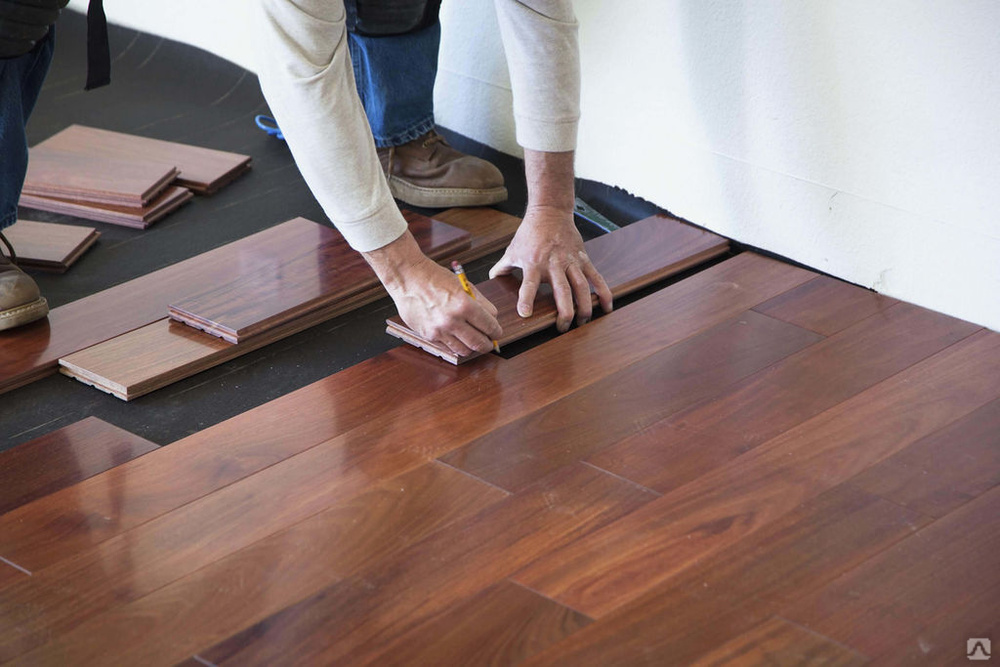Are you planning a floor sanding project? It's essential to understand the importance of managing dust during the process. Dust management not only contributes to a cleaner work environment but also plays a significant role in maintaining indoor air quality.
In this comprehensive guide, we will delve into the reasons why dust management is crucial, the steps for effective dust management during Wood Floor Sanding Melbourne process, and the benefits it offers.
Let's ensure your floor sanding project is not only successful but also promotes a healthy living space.
Why is Dust Management Important?
Before we dive into the practical steps of dust management, it's important to understand why it holds such significance. Airborne dust particles generated during floor sanding pose various health hazards.
These particles can irritate the respiratory system, trigger allergies, and, in some cases, lead to serious health conditions.
Therefore, proper dust management is essential to improve the overall quality of the floor sanding Melbourne process and safeguard the health of individuals in the vicinity.

Steps for Managing Dust During Floor Sanding
Preparing the Work Area
Clearing the work area is the first crucial step in dust management. This involves removing furniture and other items from the room. Additionally, sealing off vents and doorways prevents dust from spreading to other areas of the house, ensuring a contained work environment.
Using High-Quality Equipment
Investing in high-quality sanders with effective dust collection systems is a game-changer when it comes to dust management during floor sanding. These sanders not only deliver superior results but also significantly reduce the amount of airborne dust. When selecting sanding equipment, it's important to consider the specific needs of your project to ensure optimal performance.
Wearing Protective Gear
Protective gear such as masks, goggles, and coveralls should be worn by all individuals involved in the floor sanding process. These items play a crucial role in minimising exposure to harmful dust particles, safeguarding the respiratory system, and preventing skin irritation.
Proper Cleanup Techniques
Effective cleanup methods are essential during and after the sanding process to eliminate residual dust. Utilising vacuum cleaners, damp cloths, and mops can help remove dust particles from surfaces, ensuring a thorough cleanup.
Utilising Dust Containment Systems
Temporary barriers or containment systems are effective in controlling the spread of dust during floor sanding. These systems play a vital role in maintaining a cleaner work environment and reducing the impact on other areas of the house. For larger projects, professional-grade containment options are available to further enhance dust control.
Benefits of Effective Dust Management
Implementing proper dust management measures leads to a cleaner work environment, promoting better indoor air quality and overall health. By minimising airborne dust particles, individuals can enjoy a healthier and more comfortable living space, free from the potential hazards associated with dust exposure.
Conclusion
Managing dust during floor sanding is not only a practical necessity but also a critical step in promoting a healthier indoor environment.
By following the outlined steps for effective dust management, individuals can ensure a successful floor sanding project while prioritising their health and well-being.
We encourage all readers to prioritise proper dust management for their floor sanding Melbourne projects, reaping the benefits of a cleaner and healthier living space.
No comments:
Post a Comment